Flora in Pench
Pench Tiger Reserve is known not only for its tigers but also for its beautiful and diverse vegetation. The forests, meadows, and riverbanks together create a rich ecosystem that supports a wide range of wildlife. The mix of trees, grasses, and shrubs gives Pench its distinct look, especially during the monsoon when the forest turns deep green.
Dominant Tree Species
The forest in Pench is mainly dry deciduous, dominated by Teak. These tall trees form the main canopy of the park and are often surrounded by mixed species like Mahua, Bija, Tendu, and Saja.
- Teak Trees: The most widespread tree in Pench, forming the backbone of the forest.
- Mahua Trees: Famous for their flowers, used by local villagers for food and traditional drinks.
- Bamboo Thickets: Found in several parts of the park, providing shelter to deer and tigers.
- Tendu Trees: Known for their leaves, which locals use to make traditional beedi.
The mix of tall trees and open spaces gives Pench its perfect balance of light and shade, allowing both herbivores and predators to thrive.
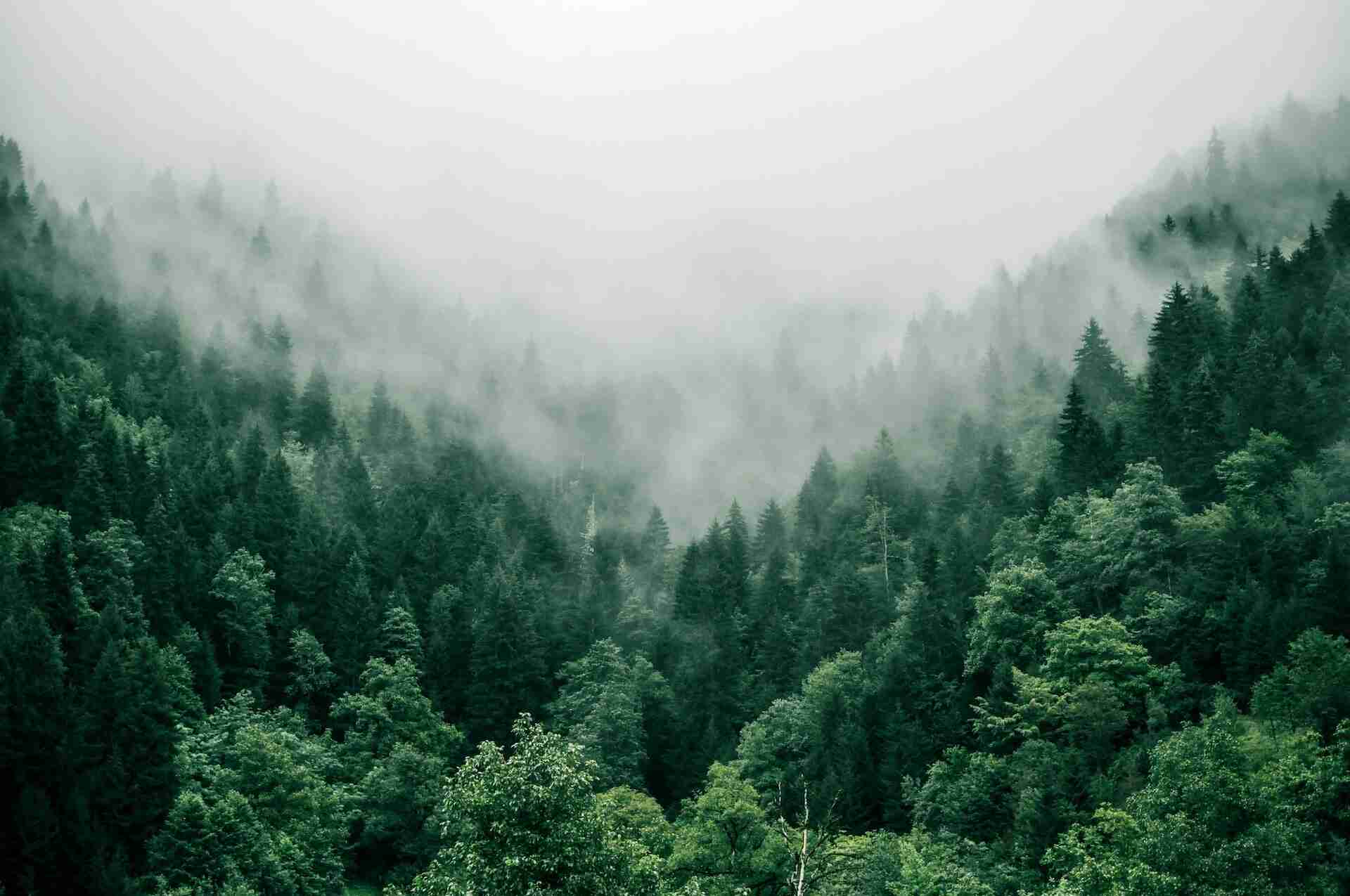
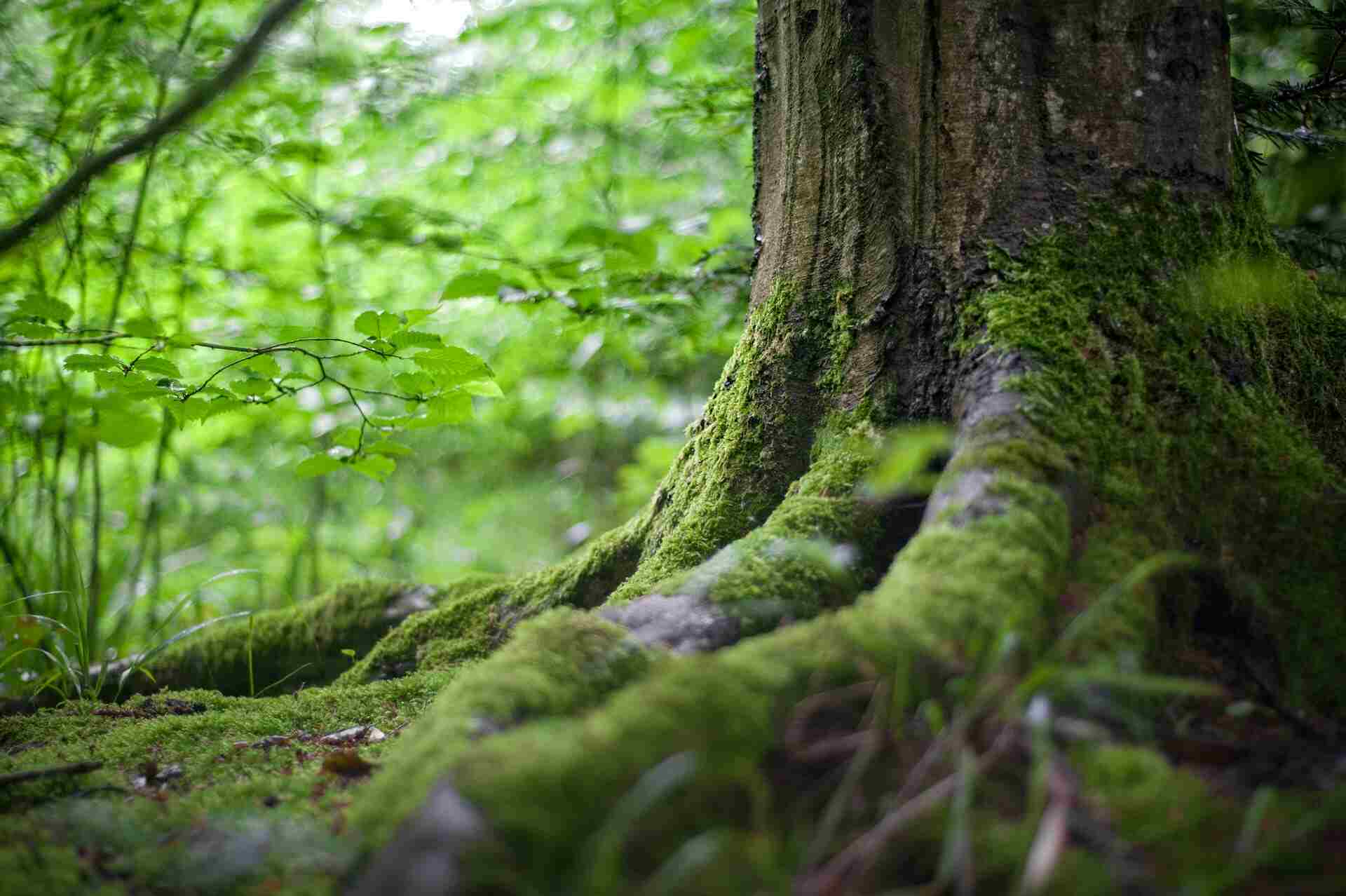
Grassy Meadows and Open Patches
The meadows in Pench, often found along riverbanks and clearings, are vital feeding grounds for animals like chital, sambar, and gaur. These open patches make it easier to spot wildlife during safaris, especially near Alikatta and Baghin Nala. The tall grasses and scattered trees also make these meadows favorite resting spots for tigers during cooler hours.
Medicinal and Lesser-Known Plants
Pench is home to many medicinal plants and shrubs that local communities have used for generations. You’ll find species like Amla (Indian Gooseberry), Baheda, Harra, and Kadam, each with traditional healing properties. Seasonal flowering plants, creepers, and climbers add color to the forest, especially after rains when the landscape bursts into bloom.
Major Flora of Pench – Common and Botanical Names
| Common Name(s) | Scientific Name |
|---|---|
| Teak | Tectona grandis |
| Mahua | Madhuca indica |
| Saja / Crocodile Bark Tree | Terminalia tomentosa |
| Bija | Pterocarpus marsupium |
| Tendu / Indian Ebony | Diospyros melanoxylon |
| Bamboo | Dendrocalamus strictus |
| Palash / Flame of the Forest | Butea monosperma |
| Jamun / Indian Blackberry | Syzygium cumini |
| Arjun Tree | Terminalia arjuna |
| Amla / Indian Gooseberry | Emblica officinalis |
| Harra / Myrobalan | Terminalia chebula |
| Baheda | Terminalia bellirica |
Seasonal Changes in Vegetation
Winter (November to February)
The forest stays green and pleasant. Trees retain most of their leaves, and meadows look fresh, making this a great time for safaris.
Summer (March to June)
Many trees shed leaves, opening up the forest and improving visibility for wildlife sightings. Mahua trees bloom during this season, filling the air with their sweet scent.
Monsoon (July to September)
The entire reserve turns lush and vibrant after the rains. Streams and grasslands rejuvenate, and new shoots appear everywhere, though the park remains closed for tourism.
Pench Best Selling Packages
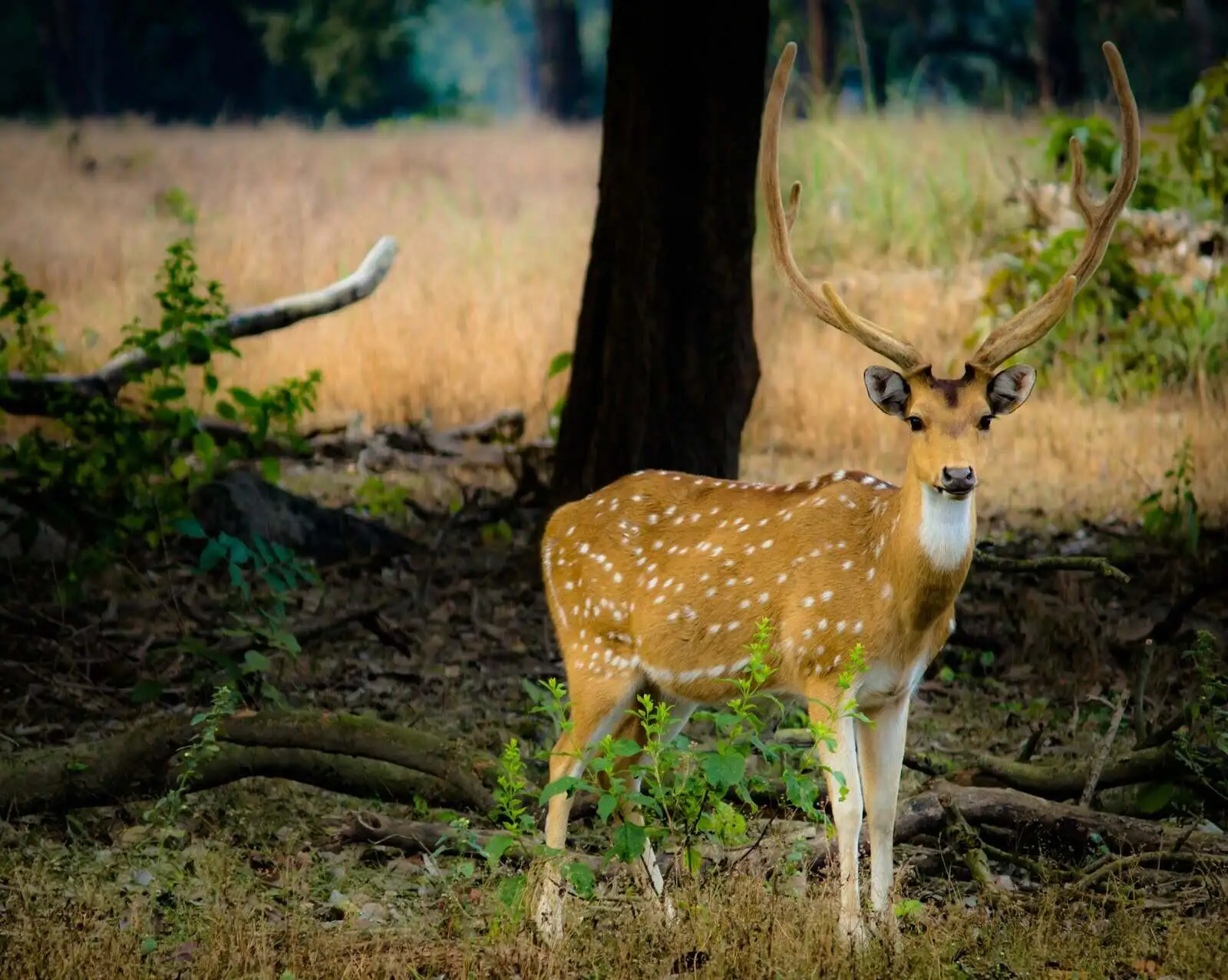
2 Nights / 3 Days
Pench Weekend Tour
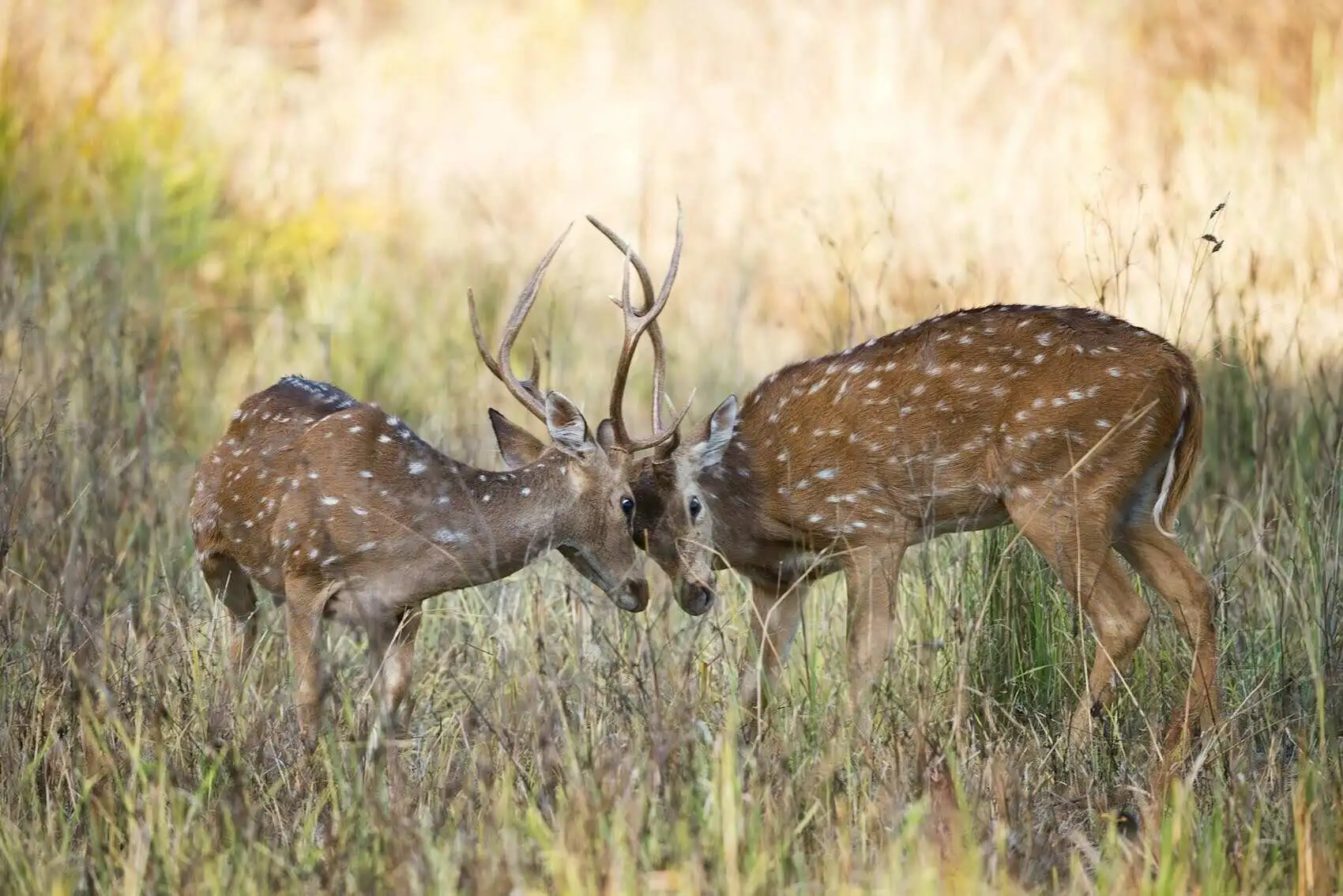
3 Nights / 4 Days
Pench Budget Tour
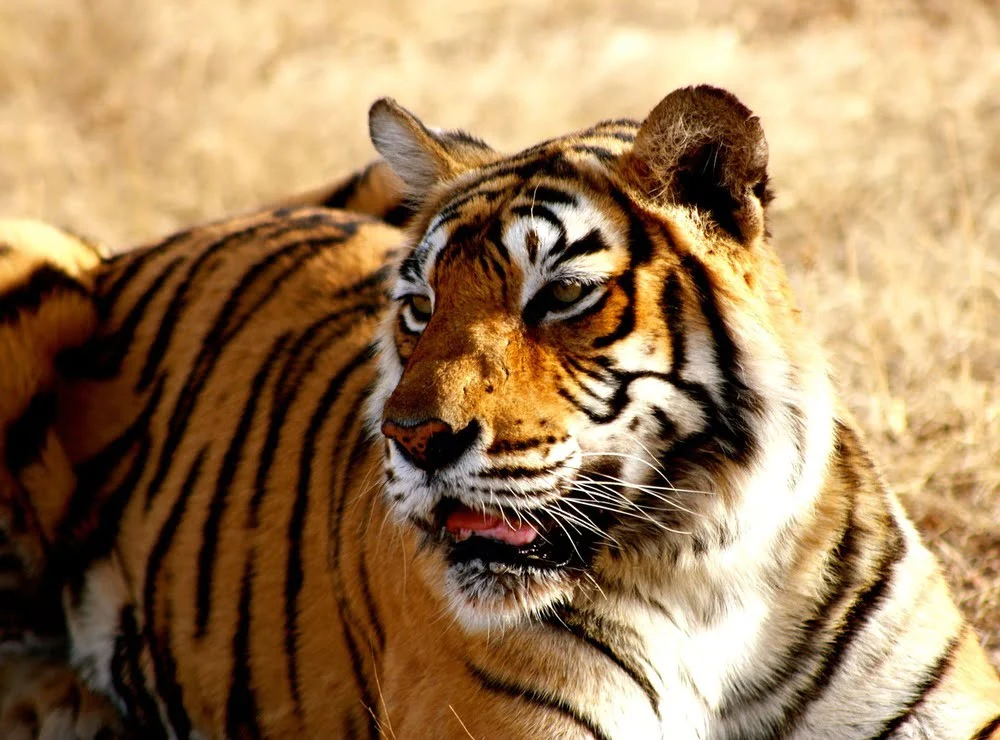
2 Nights / 3 Days
Pench Honeymoon Package
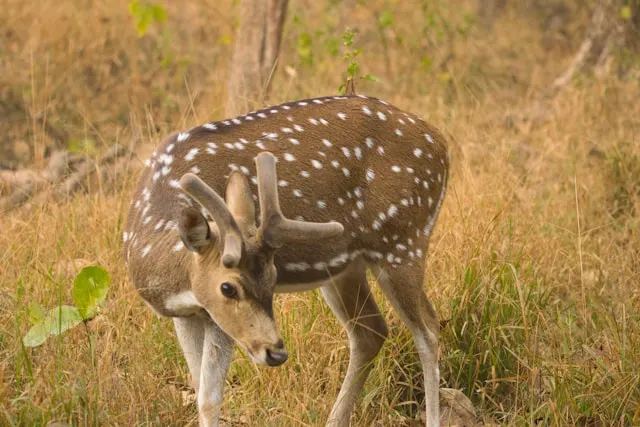
2 Nights / 3 Days
Pench Tiger Special
FAQs – Flora in Pench
What type of forest is found in Pench Tiger Reserve?
Pench mainly has dry deciduous forests, dominated by teak trees. These forests shed their leaves in summer and turn lush green during the monsoon.
Which is the most common tree in Pench?
Teak (Tectona grandis) is the most common tree in Pench. It covers a large part of the reserve and provides shade and shelter to many species.
Are there any rare or unique trees in Pench?
Yes. The Ghost Tree, locally called Kullu, is one of the most unique trees here. Its pale bark changes color with the seasons and glows in the moonlight.
What kinds of plants grow in Pench besides trees?
Pench has a wide range of grasses, shrubs, and medicinal herbs such as Amla, Harra, and Baheda. These plants support both wildlife and local communities.
When does Pench look the greenest?
The park looks its greenest during the monsoon months (July to September) when new leaves, shoots, and flowers cover the forest floor.
